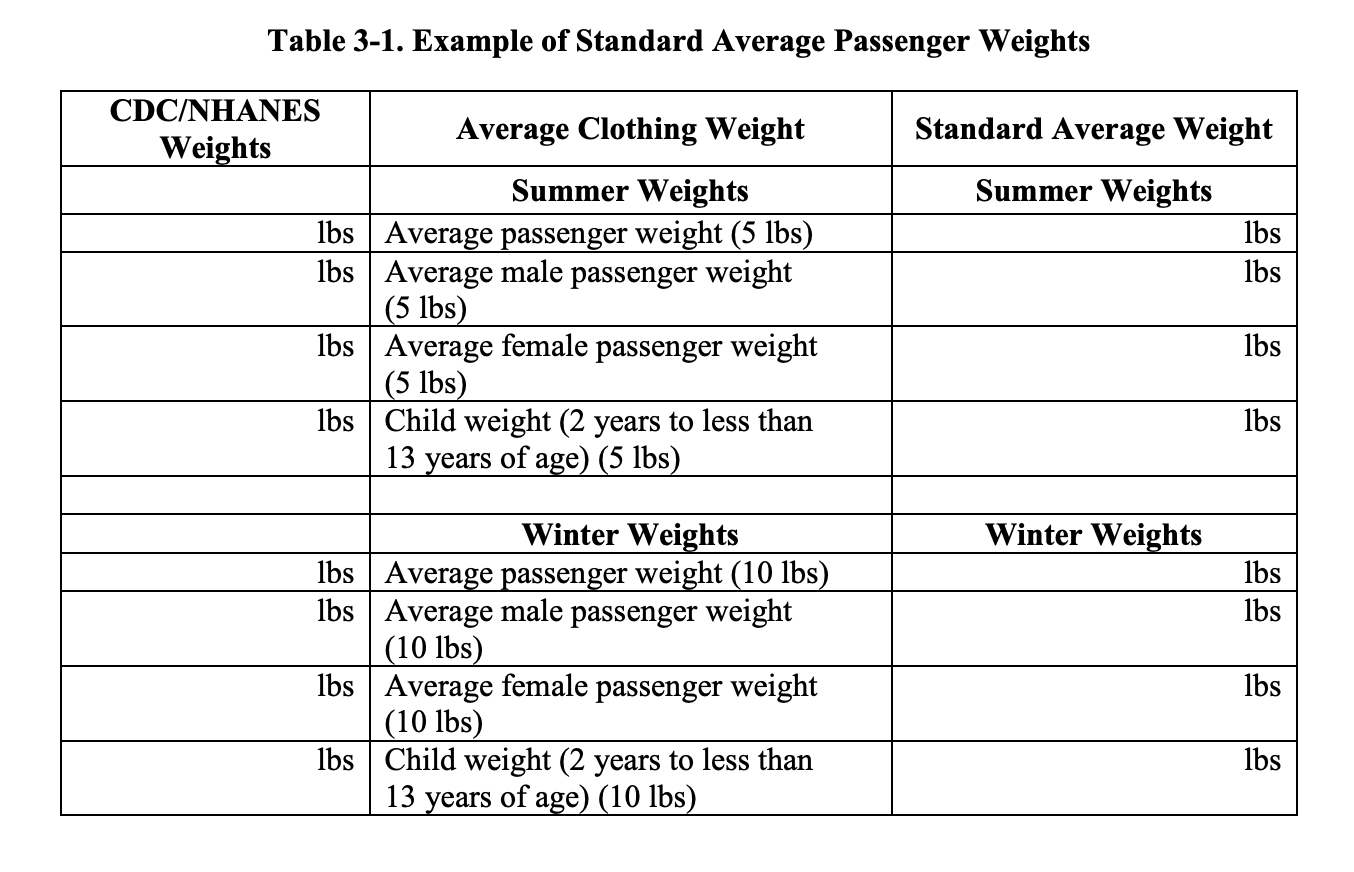Back in March, we flew on a United 757-200 with Polaris first-class seats on a flight from Newark to Orlando. Two days before the flight, United sent an email saying that our seats had been changed. When we boarded the flight, the reason why we couldn’t sit next to each other was that the middle seat we booked was unavailable.

I could understand if the reason for the seat change was because of a broken seat, but the fact that United knew about it 2 days in advance still confused me. Why couldn’t they fix it before our flight?
It was Jason S., a reader of YMMV, who quickly realized why the seat on said United 757-200 was blocked. It was because of weight restrictions.
The seat was not broken… it is in-op through the end of April. Airlines (except for small aircraft under a certain weight) use a standard average weight per passenger in their weight and balance calculations, in lieu of weighing every single passenger and their carry-ons.
The FAA, to account for the changing average American physique, raised the weights. There are summer and winter weights (Nov 1 and Apr 30 are the swap-over dates).
The FAA gives airlines several ways to determine the passenger weight for a flight. Most of them use Standard Average Passenger weight as determined by the CDC in their weight and balance calculations, in lieu of weighing every single passenger and their carry-ons. This determines how many people are allowed on a plane and for the winter months the FAA adds a few pounds per passenger because of human trends and the additional weight of winter gear.
In the most recent update, the CDC increased their numbers for the standard average passenger weight.
Females went up by 34 pounds (weight includes carry-on) from 145 to 179lbs summer and 150 to 184lbs winter (higher to account for a coat). Males by 15 lbs from 185 to 200 and 190 to 205 for the winter.
Some aircraft, such as United’s B757s, cannot take a full load of adults in the winter now especially on routes very heavy on checked bags (those are put in as an average of I believe 35 lbs each, heavies either actual weight or 50 lbs). Thus, their solution is to block between 3 and 6 middle seats for the winter.
United has two configurations of the 757-200… one with 153 in coach and one with 160. The blocked seats differ… one has 3, one has 6. Yours probably got swapped from one to the other.
There’s an entire document from the FAA in 2019 where the agency informed airlines they’d need to update how to account for passenger weight. Here’s the table if they’re using the CDC numbers.
 An airline can ask for an exception for routes with no seasonal variation. For example, a flight from Miami to the Caribbean might not see as much seasonal variance as one from Chicago to Denver.
An airline can ask for an exception for routes with no seasonal variation. For example, a flight from Miami to the Caribbean might not see as much seasonal variance as one from Chicago to Denver.
An operator may use summer weights from May 1 to October 31, and winter weights from November 1 to April 30. However, these dates may not be appropriate for all routes or operators. For routes with no seasonal variation, an operator may use the average weights appropriate to the climate. Use of year-round average weights for operators with seasonal variation should avoid using an average weight that falls between the summer and winter average weights. Operators with seasonal variation that elect to use a year-round average weight should use the winter average weight. The FAA must approve use of seasonal dates, other than those listed above.
I had no idea that some planes cut these weight restrictions so close that heavier passengers bringing winter clothes put the flight over weight limits. That helps explain why airlines have come up with so many crazy ways to reduce the weight of airplanes. It doesn’t only save them fuel, it also allows them to sell a few extra tickets on every flight.
The next time you’re on a plane and see there’s a blocked seat, it might not mean it’s broken. It may be that the plane would be too heavy if all the seats are full.
And now you know the rest of the story.
Want to comment on this post? Great! Read this first to help ensure it gets approved.
Want to sponsor a post, write something for Your Mileage May Vary, or put ads on our site? Click here for more info.
Like this post? Please share it! We have plenty more just like it and would love it if you decided to hang around and sign up to get emailed notifications of when we post.
Whether you’ve read our articles before or this is the first time you’re stopping by, we’re really glad you’re here and hope you come back to visit again!
This post first appeared on Your Mileage May Vary
